
New York Harbor is at the mouth of the Hudson River where it empties into New York Bay near the East River tidal estuary, and then into the Atlantic Ocean on the east coast of the United States. It is one of the largest natural harbors in the world, and is frequently named the best natural harbor in the world. It is also known as Upper New York Bay, which is enclosed by the New York City boroughs of Manhattan, Brooklyn, and Staten Island and the Hudson County, New Jersey, municipalities of Jersey City and Bayonne. The name may also refer to the entirety of New York Bay including Lower New York Bay. Although the United States Board on Geographic Names does not use the term, New York Harbor has important historical, governmental, commercial, and ecological usages.
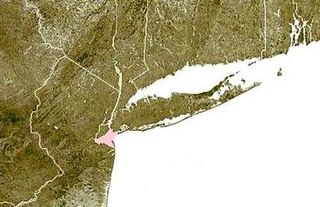
Lower New York Bay is a section of New York Bay south of the Narrows. The eastern end of the Bay is marked by two spits of land, Sandy Hook, New Jersey, and Rockaway, Queens. The waterway between the spits connects the Bay to the Atlantic Ocean at the New York Bight. Traversing the floor of the Bay southeasterly from the Narrows to the Bight and beyond is Hudson Canyon.

The New York–New Jersey Harbor Estuary, also known as the Hudson-Raritan Estuary, is in the northeastern states of New Jersey and New York on the East Coast of the United States. The system of waterways of the Port of New York and New Jersey forms one of the most intricate natural harbors in the world and one of the busiest ports of the United States. The harbor opens onto the New York Bight in the Atlantic Ocean to the southeast and Long Island Sound to the northeast.

The Port of New York and New Jersey is the port district of the New York-Newark metropolitan area, encompassing the region within approximately a 25-mile (40 km) radius of the Statue of Liberty National Monument. It includes the system of navigable waterways in the New York–New Jersey Harbor Estuary, which runs along over 770 miles (1,240 km) of shoreline in the vicinity of New York City and northeastern New Jersey, as well as the region's airports and supporting rail and roadway distribution networks. Considered one of the largest natural harbors in the world, the port has become the busiest port by cargo volume in the United States as of August 2022, and the busiest on the East Coast.

Ambrose Channel is the only shipping channel in and out of the Port of New York and New Jersey. The channel is considered to be part of Lower New York Bay and is located several miles off the coasts of Sandy Hook, New Jersey, and Breezy Point, New York. Ambrose Channel terminates at Ambrose Anchorage, just south of the Verrazano Narrows Bridge, the gateway to New York Harbor, where it becomes known as the Anchorage Channel. It is named for John Wolfe Ambrose, an engineer from New York.

A maritime pilot, marine pilot, harbor pilot, port pilot, ship pilot, or simply pilot, is a mariner who maneuvers ships through dangerous or congested waters, such as harbors or river mouths. Maritime pilots are regarded as skilled professionals in navigation as they are required to know immense details of waterways such as depth, currents, and hazards, as well as displaying expertise in handling ships of all types and size. Obtaining the title 'maritime pilot' requires being an expert ship handler licensed or authorised by a recognised pilotage authority.
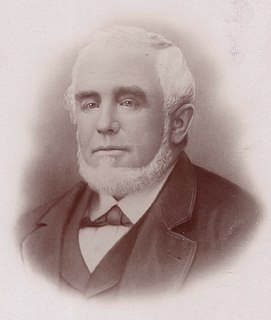
Joseph Henderson was a 19th-century American harbor pilot who guided large vessels into and out of New York Harbor as a Sandy Hook pilot. During his long career his work included bringing the ship that carried the Statue of Liberty safely into port after its trip from Europe, and was called upon as an expert seaman to determine the height of the water span of the Brooklyn Bridge, a new bridge from Brooklyn to New York City.
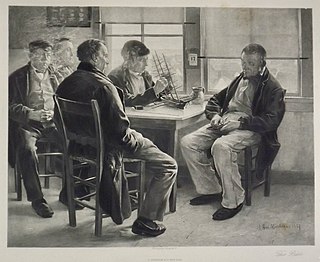
Sandy Hook Pilots are licensed maritime pilots that are members of the Sandy Hook Pilots Association for the Port of New York and New Jersey, the Hudson River, and Long Island Sound. Sandy Hook pilots guide oceangoing vessels, passenger liners, freighters, and tankers in and out of the harbor. The peninsulas of Sandy Hook, and Rockaway in Lower New York Bay define the southern entrance to the port at the Atlantic Ocean.

George William Blunt was a pioneer publisher of nautical charts and books for the company, E & G. W. Blunt. He was Secretary of the Board of Pilot Commissioners for the New York harbor from 1845 to 1877). For over 40 years he served as first assistant in the United States Coast Survey and made surveys of the New York harbor and the Bahama banks. He was instrumental in gaining reforms in the United States Lighthouse Service. His firm published many editions of Bowditch's Navigator and Blunt's American Coast Pilot.
Ellwood Walter was president of the Mercantile Mutual Insurance Company in New York City for 28 years. The Mercantile Mutual Insurance Company was organized in April 1844. He was also secretary of the New York Board of Marine Underwriters since 1849. He insured Cornelius Vanderbilt and many American Steamship companies during the 19th century.

George W. Blunt, completed in 1856, was a schooner built in New York that operated as a New York Sandy Hook pilot boat designated Pilot Boat No. 11. The schooner was used to pilot vessels to and from the Port of New York and New Jersey. That schooner was sold to the United States Navy in 1861, renamed and commissioned as the USS G. W. Blunt (1856), serving in the South Atlantic Blockading Squadron in the South. A second schooner, also named George W. Blunt, was built in East Boston in 1861 and purchased to replace the first schooner as a pilot boat.
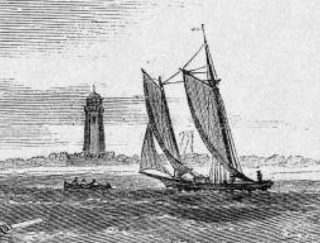
The Ellwood Walter, No. 7 was a 19th-century Sandy Hook pilot boat built in 1853 by Edward F. Williams at Greenpoint, Brooklyn to replace the pilot boat Yankee, which was lost in December 1852. The schooner was used to pilot vessels to and from the Port of New York. She was replaced by the Edmund Driggs, No. 7, in 1864.

The Moses H. Grinnell was a 19th-century pilot boat built in 1850 for the New York maritime pilots. She was designed by the yacht designer George Steers. The Grinnell was the first pilot boat to feature a fully developed concave clipper-bow, which was to become the New York schooner-rigged pilot boat's trade mark. This new design was the basis for the celebrated yacht America.
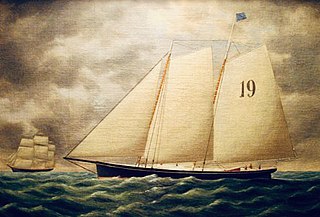
Jacob A. Westervelt was a 19th-century Sandy Hook pilot boat designed by naval architect John W. Griffiths and built by Jacob A. Westervelt in 1853. She was one of the fastest pilot-boats in the fleet. In 1858, while attempting to board the British steamer Saxonia she was fatally run into and sank outside of Sandy Hook. The Edmund Blunt, was built to replace her.

The Widgeon was a 19th-century yacht and Sandy Hook pilot boat, built in 1855 by James R. & George Steers for Daniel Edgar of the New York Yacht Club and designed by George Steers. She came in 17th in an unsuccessful America’s Cup defense in 1870. Widgeon was sold in 1871 to a group of New York pilots to replace the John D. Jones, which sank in a collision with the steamer City of Washington. New York pilots condemned the Widgeon as unseaworthy in 1879, which sparked a fight for steam pilot-boat service. In 1883 a decision was affirmed by the Supreme Court and the Board of Commissioners of Pilots that pilot boats could be "propelled" by steam.

The Nettle was a 19th-century Sandy Hook pilot boat built in 1844 by S. Hall of East Boston, Massachusetts for the New York Pilots. She helped transport maritime pilots between inbound or outbound ships coming into the New York Harbor. In 1868, she found the wreck of the bark Henry Trowbridge, and towed her to Sandy Hook. The Nettle, sank in 1876 in the Pensacola Bay. The sunken wreck was removed in 1878 to improve the Pensacola harbor.
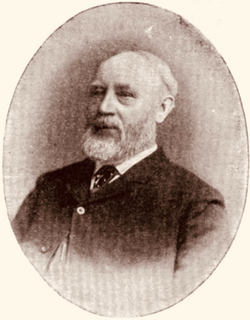
Josiah Johnson, Jr., was a 19th-century American New York Sandy Hook maritime pilot. He was best known for being in the New York Sandy Hook piloting service for over 47 years. He piloted over 5,000 vessels in and out of the New York Harbor without an accident. Johnson was captain and owner of the pilot boat Edmund Blunt.
Walter Brewer was a 19th-century American harbor pilot who guided large vessels into and out of New York Harbor as a Sandy Hook pilot. He was part owner of the pilot boats Virginia, William H. Aspinwall and the America, of the New York fleet.

Favorite or Favorita, was a 19th-century New York Sandy Hook pilot boat built in the early 1820s. She helped transport New York City maritime pilots between inbound or outbound ships coming into the New York Harbor. Favorite collided with a United States steamer and sank in 1865 near Barnegat Lighthouse.
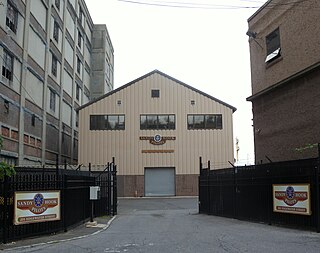
Sandy Hook Pilots Association is in Staten Island, New York, United States. The Association provides pilotage services to all foreign flag vessels and American vessels entering or departing the Port of New York and New Jersey, the Hudson River, the East River, Atlantic City, New Jersey, Jamaica Bay, and Long Island Sound as required by state law. Pilotage is provided on a 24-hour basis, 365 days of the year in all weather conditions and port circumstances. It has 50 employees across its locations and generates $7.15 million in sales (USD).



















